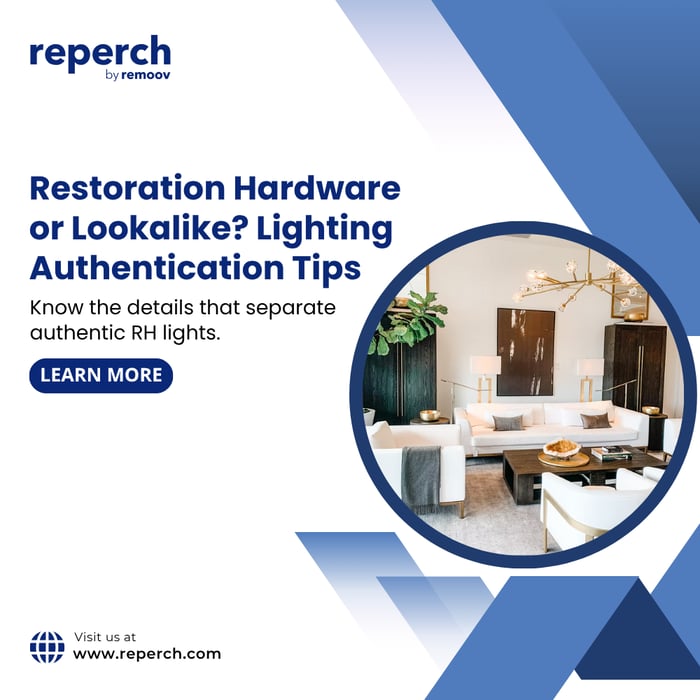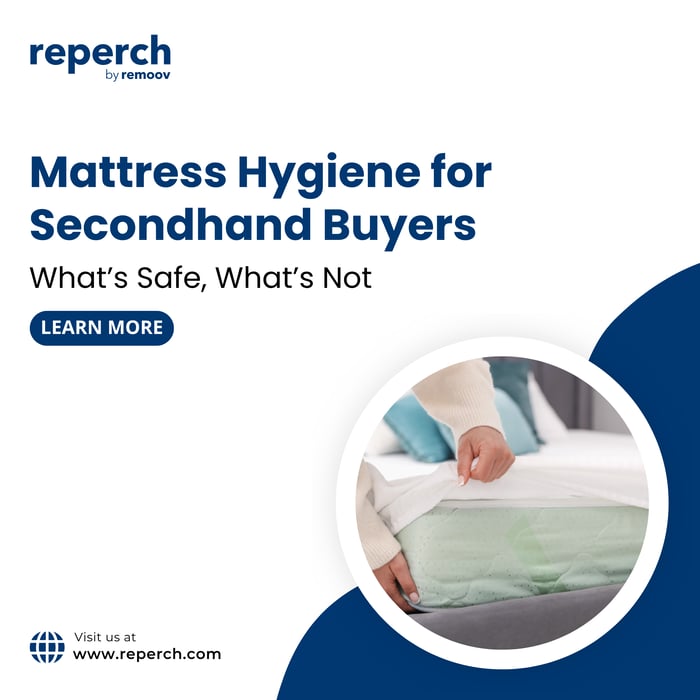When you spot a stunning chandelier, wall sconce, or pendant lamp that looks like something from Restoration Hardware, it’s tempting to assume it’s the real deal. But in the world of lighting, things are rarely what they seem. Many sellers market “RH-style” or “inspired by RH” fixtures, and some even attempt to pass off replicas as authentic pieces. For buyers of secondhand or vintage lighting, knowing how to distinguish an original Restoration Hardware fixture from a lookalike is key to protecting your investment.
In this guide, we walk through the most reliable clues, red flags, and detailed checks to help you authenticate Restoration Hardware lighting and avoid ending up with a low-quality copy.
Why Authentication Matters
Restoration Hardware is known for high-end materials, distinctive designs, and premium pricing. An authentic RH lighting piece tends to use better metals, crystal details, refined finishes, and quality wiring. A lookalike may mimic form but cut corners in construction, materials, or performance. Paying premium or even mid-tier prices for a low-quality replica is a risk many buyers regret.
Also, if you ever resell or insure the piece, provenance and authenticity can strongly affect value. Knowing what to look for gives you confidence in your purchase.
7 Key Authentication Tips
Study Design Proportions and Details
RH fixtures follow precise proportions, scale, and stylistic elements. A replica may mimic the silhouette but get subtler details wrong. Arms, crossbars, or connectors may be too thin or too thick. Crystal or glass accents should have consistency and clarity; cheap versions may show bubbles or uneven edges. Shade holders, finials, chains, or sockets should align elegantly. Crooked or misaligned parts are an immediate red flag.
Inspect Materials and Finish Quality
A genuine RH fixture uses premium metals, glass, or crystal, and careful finishing. A lookalike may substitute lower-grade materials. Authentic fixtures often feel heavier and solid. Real finishes like antique brass or polished nickel are uniform and refined, not patchy or uneven. Check clarity of crystal and glass parts for clean cuts and no mold lines.
Wiring, Socket Components and Electrical Details
The internal electrical components often reveal a fake faster than aesthetics. Original fixtures use high-quality wiring, often UL-listed or cloth-covered, while cheap replicas may use basic PVC insulation. Authentic sockets are ceramic or porcelain; plastic ones suggest imitation. Look inside the canopy for robust mounting plates and grounding screws.
Labels, Stamps, Serial Numbers and Markings
Authentic goods often carry identifiers. Look for manufacturer or brand stamps on metal parts or inside canopies, model numbers, patent numbers, or consistent font and finish in markings. If a fixture claimed to be RH has no branding or identification at all, that’s suspicious.
Quality of Craftsmanship and Joinery
Inspect how parts join together. Welds and solder joints should be clean and secure. Screw holes and fasteners should align without forcing. Joints between parts should be flush, without gaps. Crystal or glass mounts should hold firmly with no looseness.
Performance and Light Quality
Sometimes function reveals authenticity better than appearance. Genuine fixtures tend to dim smoothly without flicker. Replicas may flicker or shift color with dimmers. High-quality fixtures manage heat well, while poor copies may overheat or degrade faster. Check if all bulbs appear uniform in brightness and color.
Price Versus Market Baseline
If the price is too good to be true, it probably is. RH lighting is premium priced. If a fixture identical in form is being offered at a fraction of the known RH price, it’s likely a reproduction. Always compare with current RH listings and factor in shipping and condition.
Example Workflow for Authenticating a RH Fixture
Request clear photos of the full view, underside, canopy, sockets, wiring, and markings. Compare with official RH catalog images. Test the weight and feel in person if possible. Open the canopy and inspect wiring, sockets, and mounting parts. Tap and test joints to detect looseness. Attempt dimming or bulb testing to check performance. Check for authenticity identifiers like serials and model numbers. Negotiate or decline based on your findings.
Why Some Replicas Can Look Convincing (and Where They Fail)
Replicas are not always blatant fakes. Some do a convincing job of mimicking form. The failures tend to show up where invisible scrutiny happens, such as materials, internal parts, finish durability, wiring quality, or functional behavior. Many low-cost sellers emphasize low price at the expense of durability, craftsmanship, or performance.
Some patterns to watch out for include reused generic imagery across sellers, downgraded materials from the original, missing or weak internal parts, poor finishes that degrade over time, and lack of warranty or return support.
Tips for Safe Buying from Reperch or Secondhand Sellers
To protect yourself when shopping for high-end lighting, keep these practices in mind:
Insist on multiple detailed photographs, including internal parts.
Ask sellers about origin, warranty, and markings.
Inspect or test in person before paying if possible.
Compare shipping costs, fixture weight, and import risk.
Request close-up images of critical areas like sockets or canopy.
Keep documentation and receipts for resale or insurance.
Final Thoughts
Authenticating Restoration Hardware lighting is part art and part technical assessment. By combining visual scrutiny, internal inspection, functional tests, and an understanding of quality trade-offs in replicas, you will be better equipped to spot the real from the reimagined.
At Reperch, we encourage buyers to treat each furniture or lighting piece with informed curiosity. Know what you’re buying, protect your investment, and enjoy pieces that bring elegance and integrity into your home.








